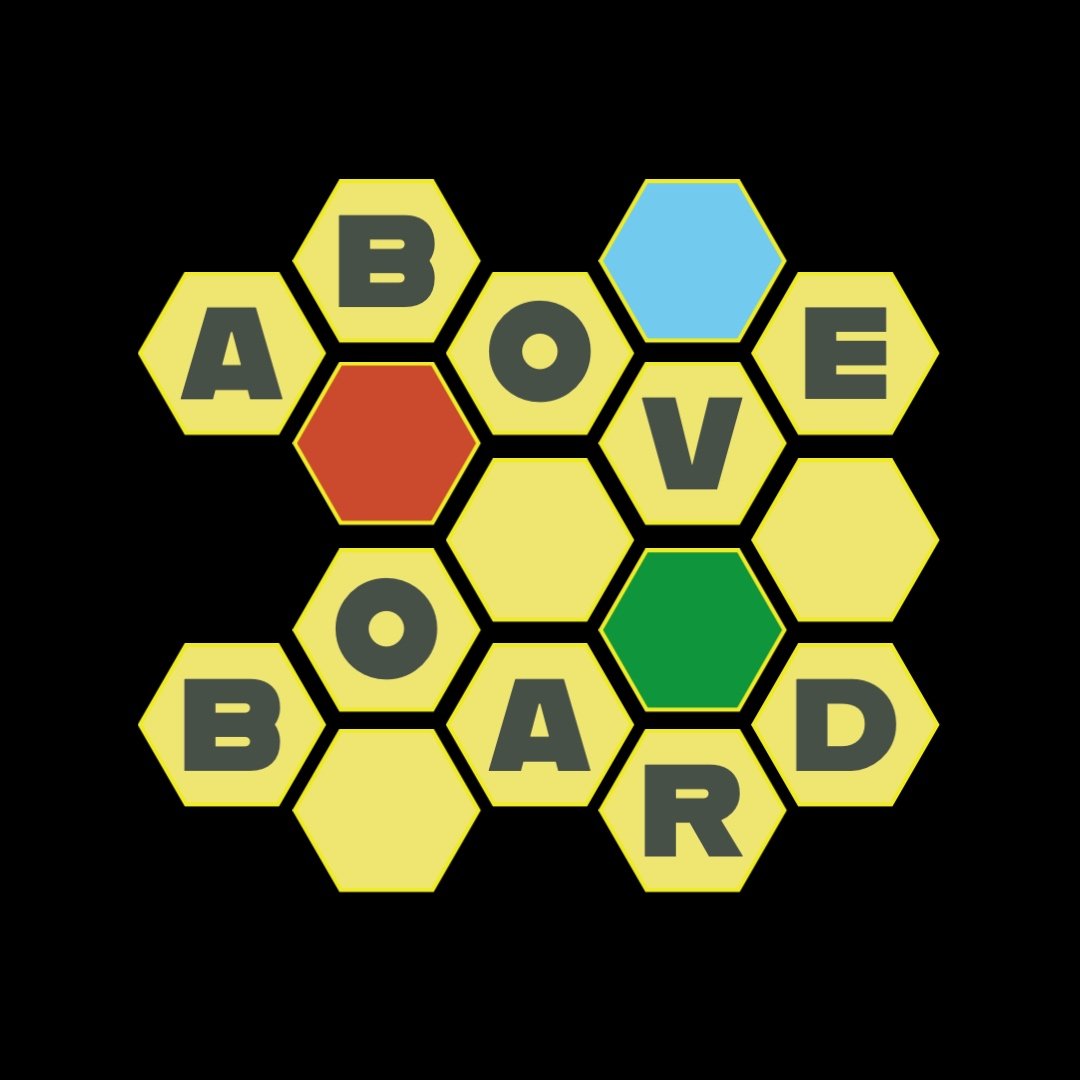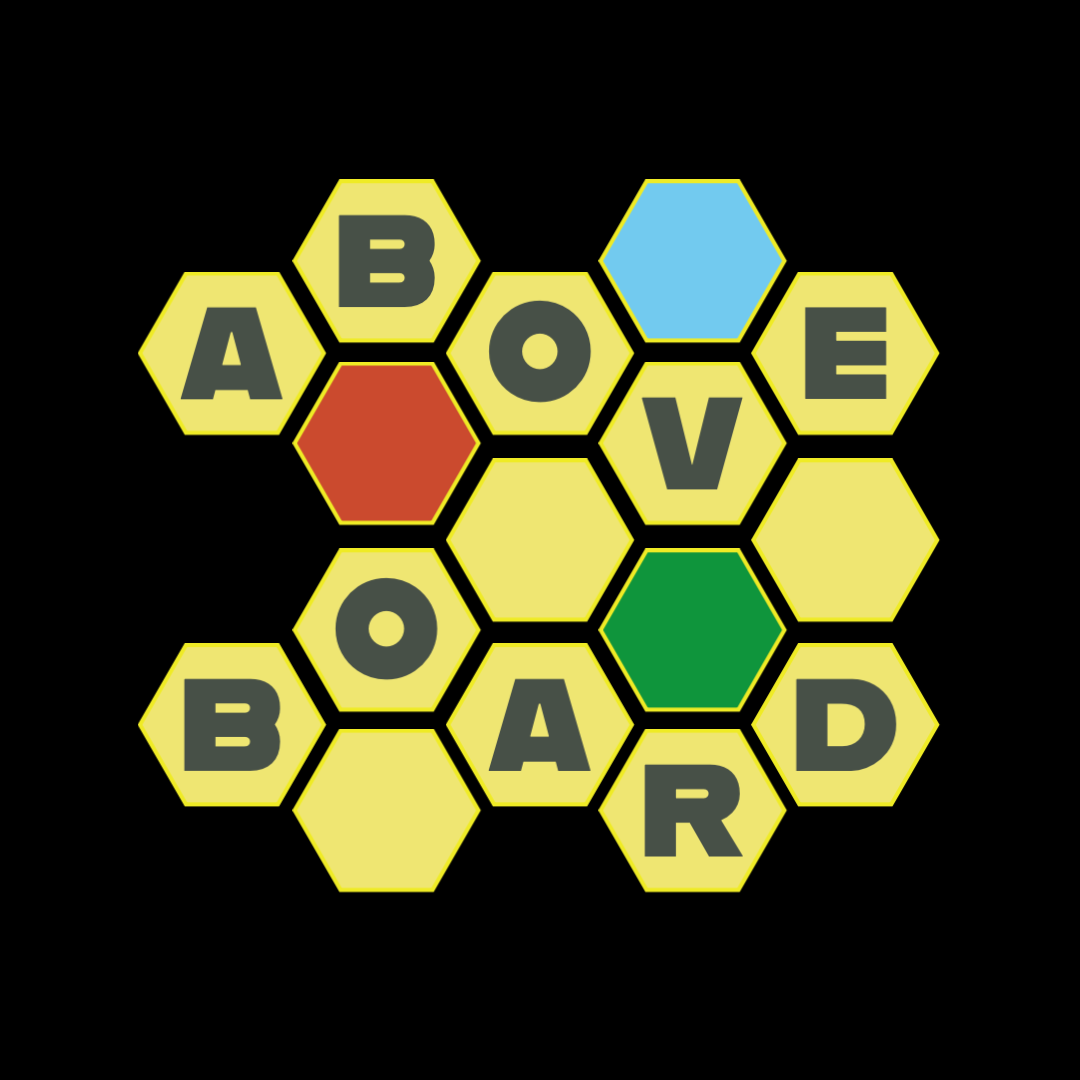Takahe’s Solo Den: My go-to Fillers Part 1
These games might not posses the depth or meatiness of their big brothers, but they can certainly be just as entertaining and as satisfying to play. Filler games is however a broad term and can mean a lot of different things to a lot of different people.
What follows is a list of my favourite fillers to play, for when I am not in a mood for something long and sprawling or when I just want to lightly “top up” my board-gaming satisfaction meter😊. Bear in mind that as predominantly a medium-to-heavy weight euro gamer, in my view, these games fit the “filler” criteria… but obviously, many of you may find some of these games a bit more complex to be called fillers. Which is okay… different folks, different strokes.
Parks
One of the first filler games in my collection, Parks has certainly made a very strong first impressions. Beautifully produced, with a great insert and gorgeous art, this game captures your attention the moment you start setting it up. It’s not just the stunning looks and top-notch components thought, Parks offers a light but also a gently thinky gameplay, full of juicy worker placement and resource management goodness.
And then there is a solo mode – walking down the track alongside 2 rangers, you will be doing the same stuff as you would in multiplayer: “exploring” the tiles activating depicted actions, taking resources, “drinking” from your canteen and of course, visiting parks. 2 rangers that accompany you, act essentially as “blockers” and you will have to spend your campfire in order to land on the tile they are occupying.
The other function of rangers is to compete with you for the first place in finishing the walk as well as collecting the resources in order to trigger a nasty negative effect that will force you to discard or lose stuff. Having played the solo of Parks for 20+ times now, this automa implementation is just perfect for a filler game – it’s not too barebones nor too complex (the solo rules are well laid out on the last page of the rulebook, so you can easily quick-reference them) and provides a nice overall challenge without being too punishing. In other words, a well-balanced opponent that will let you enjoy the game in its full glory (nothing is excluded from the solo game) without asking you to extensively micro-manage.
Meadow
This one is currently my number 1 filler game. End of story. Ok maybe I’ll elaborate a bit more 😊. Again, game with a stunning presentation and a light gameplay, Meadow hits the nail on the head with it’s theme and how beautifully it is integrated into the core mechanics.
This is essentially a tableau builder with some minor set collection and card drafting elements, where you are trying to play your cards upon environments that make sense to them. What do I mean by that? Each card you play (be it a fauna, flora, house, fence etc.) has a requirement for its placement, and this requirement is logical for what that card depicts.
So if you have a bird, the bird needs a worm or a bug symbol to be present in your meadow – if it is, you place the bird on top of it. Later in the game, you draft a wild cat which needs a bird symbol -> and you have one in your display, hence you can play that card. You see what I mean by saying the cards requirements are logical and make sense? The authentic (although obviously streamlined) representation of how the ecosystem works through the core card play is what makes this game so special – the design of Meadow is just clever, the authors didn’t have to go this extra mile to make it work and yet they did.
And the solo mode? Easy, fun, hassle-free. You are competing against a basic automa bot called rover and what you basically do is just take cards from the display for him, using the leftover action-selection tiles and a very simple and straightforward set of rules. Absolutely smooth, you cannot get smoother than that. Loving this gorgeous game and can’t wait to get my hands on the upcoming expansion!
Canopy
A very recent newcomer to my collection, Canopy is yet again a game that will wow you with its presentation. Lovely art on cards and components, all nicely tucked in a small and compact box, which makes it a great candidate for a game you can take with you to work or anywhere else (unlike the previous two games). Although being essentially a set collection and card drafting game, this one actually surprised me with it’s hidden complexities and an engaging and quite competitive solo mode that does a lot more than what you might be expecting from a small boxed game such as this one.
As mentioned already, card drafting mechanism is where the core decisions are made. Since you score points not only for your finished trees, but also for stuff such as sun & rain, animals and plants, you will be constantly evaluating whether the first stack of cards is worth taking or whether you should move on to the next one, or the next next one afterwards. The catch is, you don’t know what’s in the next stack and once you reach the third one, you HAVE to take it and play it in your tableau. Which means, you might be potentially getting the bad cards as well, such as fire, drought and/or disease and you don’t want these as they force you to lose animals and plants you’ve so carefully collected.
In terms of the solo mode, the Spirit of the Forrest is a formidable opponent that act’s very rationally and can put up a solid fight. What I especially like about the bot is how it tries to maximise It’s scoring using the same logic you would have used for your own one. For example - if the solo bot has too many fire cards, it will try to get rid of plants that will score him negative points or won’t score him anything, OR if by removing such cards he would suddenly score some points (such as ferns which has variable scoring values based on the number of them you have in your display).
Having played the solo mode for 10 times now, I can honestly say – Spirit of the Forrest is a surprisingly challenging automa in a small game and a reason why Canopy is on my table so regularly. This game just offers a very challenging opponent to beat, but in a small and quick-to-play package, which deserves a 2 thumbs up from me.
Crown of Emara
This relatively less known, light, entry-level worker placement euro might be flying under the radar but it’s simple but very addictive gameplay fully deservers your attention. Sure… maybe Crown of Emara is not the most original euro out there, but a clever, card driven, double-rondel system and a solid variety of actions to chose from, deliver an enjoyable experience that will satisfy your euro-cravings without a need for you to sacrifice too much of your time. The included solo mode, which pits you against a simple bot that only takes certain scoring cards and moves it’s meeples up the track, is essentially a beat your own score affair, however with an option to link your games into a campaign, this solo is more than enough to keep you coming back for more.
Ok, so maybe this game sound a bit average and a bit too bland. But sometimes, that’s all I am craving – a barebones dry euro in which the correct and most efficient sequencing of your actions is what maximises your scoring. Nothing more and nothing less. With Crown of Emara, I am getting exactly just that – two distinct (and randomised) rondels with various set of actions, a good selection of chunky wooden resources and other tokens, two scoring tracks to keep in sync (your final score is based on the lowest one of these two), clever card driven movement and action selection… just a classic mix of proven and tested mechanisms, blended together into a very well balanced game that is just FUN to play. No minis. Just a pure, distilled euro goodies in this one!
Creature Comforts
Cute & adorable dice worker placement, entry level euro. I think that sums up Creature Comforts pretty well and It’s really hard to fault anything on this one. Especially from the solo point of view – although being a standard beat your own score affair, thanks to a refreshing take on scoring your success (via various titles you receive for each of the core gameplay victory trackers), you will always find a plenty of joy and reasoning to come back for more.
Now, as I have mentioned already, Creature Comforts is a very light euro, which means that despite offering a solid variety of actions to take, the game is very forgiving and does not punish you for making a sub-par decision. There is also a well-thought-out mitigation of luck factor which plays a role in your dice rolls – since you need a specific value or values on your dice in order to activate an action in the spot occupied by your meeple, if you (due to a bad roll) can’t do so, the game rewards you with a lessons learned token.
You can then use this token to increase/decrease a value of one of your die in the following turn(s), potentially mitigating another bad roll. And then there are all the various improvement cards you can “build” which grant you some pretty significant on-going or action-based benefits. Since these benefits stay with you till the end, you will want to acquire as many of these improvements as you can as early as you can.
There is a lot of love and passion this game was given during it’s development and it shows. Creature Comforts is a surprisingly addictive euro that can even satisfy those of us who normally prefer a little bit more meaty experiences. If that’s not a sign of a good game, I don’t know what is!
Coming up…
In part 2 of this series coming up later this week, I am going to share my thoughts on 5 more fantastic fillers - games such as Dog Park, The Grand Carnival or Libertalia Winds of Galecrest. And of course, I will add in some pretty awesome honorable mentions which are just as good as my top 10, but didn’t make the final cut.











